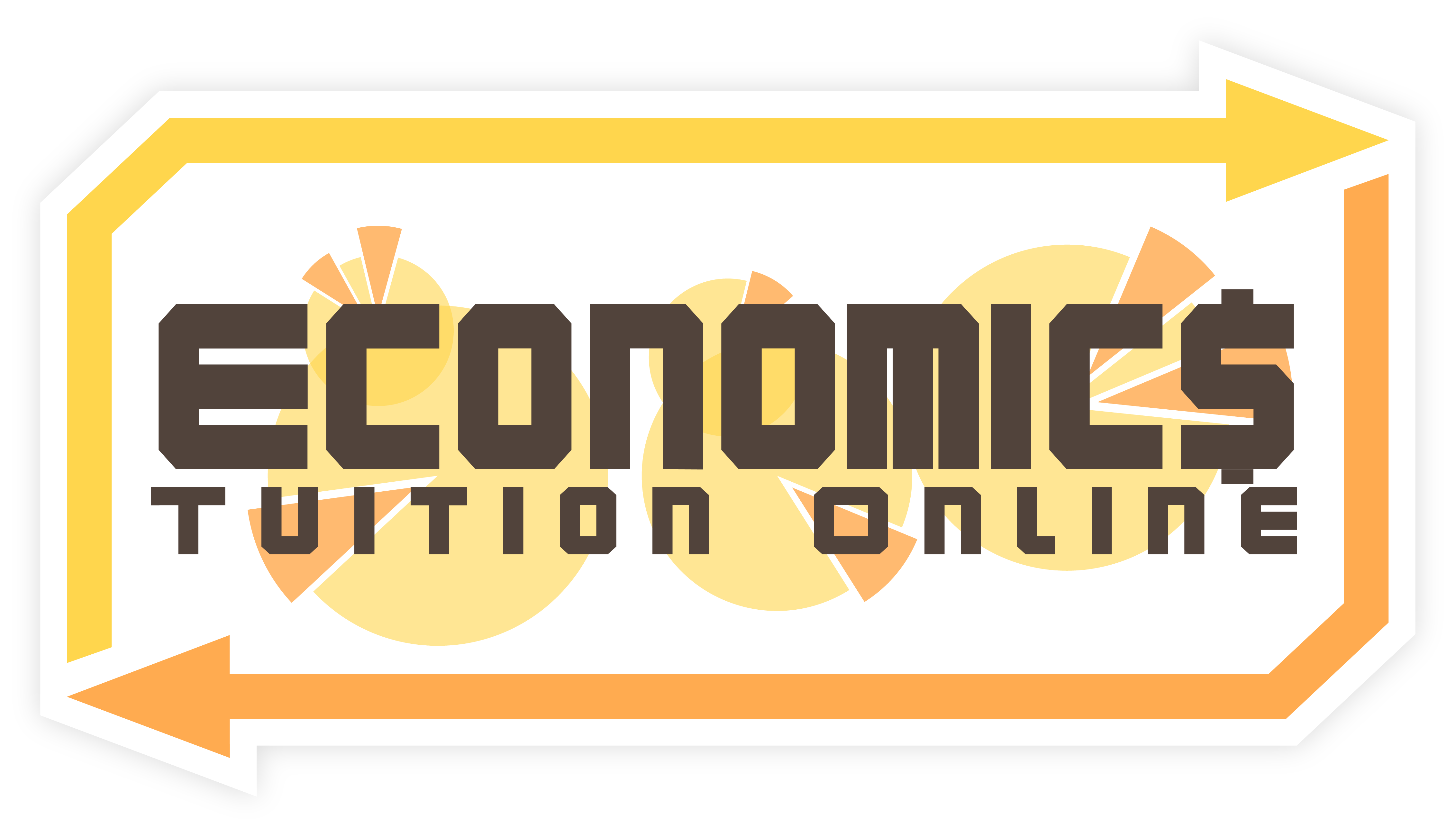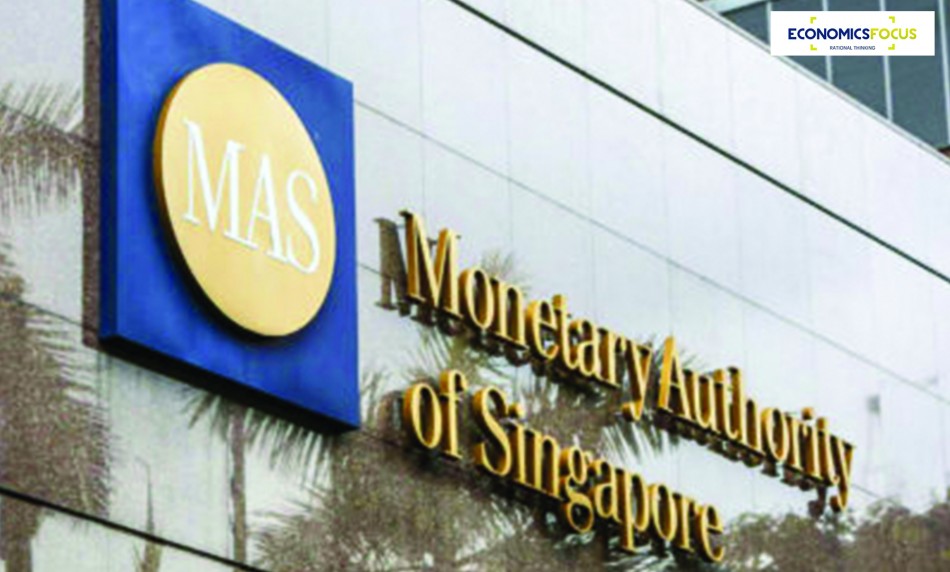What are the benefits and limitations of Free Trade Agreements (FTAs)
Benefits
-Trade creation as removal of tariffs encourage greater volumes of trade between signatories (to lower cost of product through outsourcing by trade)
-Availability of larger markets - a larger market place and broaden business opportunities for firms. Also FTAs help suppliers to offer their services to customers in partner countries
-Removal of tariffs translate to savings and lower prices- Goods and services cheaper in partner country due to tariff savings- increased X, reductions in tariffs on some categories of goods, e.g. alcoholic drinks- cheaper goods for consumers/ greater variety of goods
-Job creation and growth opportunities due to increase in investment and trade- FTAs will encourage more FDIs between the signatory countries -job opportunities and increased productive capacity (long term economic growth) - diffusion of technology
-Fewer restrictions on services trade, foreign investment, flow of profits and flow of labour e.g. USSFTA - liberalization of banking services- Citigroup can tap into local network. Singaporeans find it easier to work in US and more US and Australian universities are recognized in Singapore
-Helps small nations like Singapore remain competitive and build better goodwill between countries
Costs
-Trade diversion - trade is diverted away from cheaper nation in favour of a less efficient tariff free member of FTA
-May incur higher cost of production- e.g. in Singapore- US FTA, textile and apparels must use yarn that are from Singapore or US which may not be the cheapest source to get duty-free treatment
-Poorer countries may be left out from enjoying benefits of FTAs signed between richer countries or may get the losing end of a FTA signed due to the inability to bargain with a powerful developed partner
-Greater income inequality within countries may benefit the larger firms rather than the SMEs
-Increased dependence on foreign countries may be risky particularly tor strategic goods and necessities


